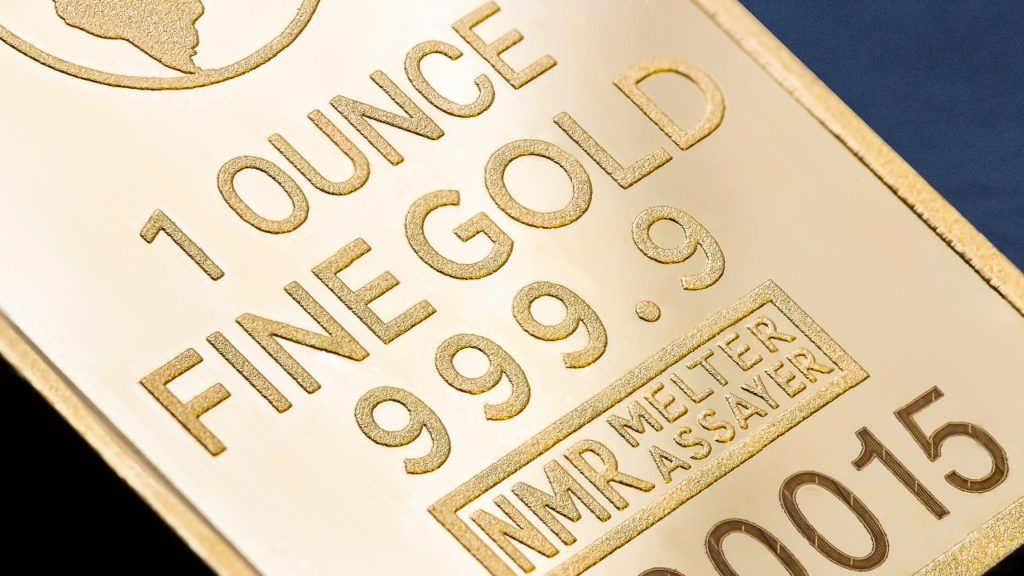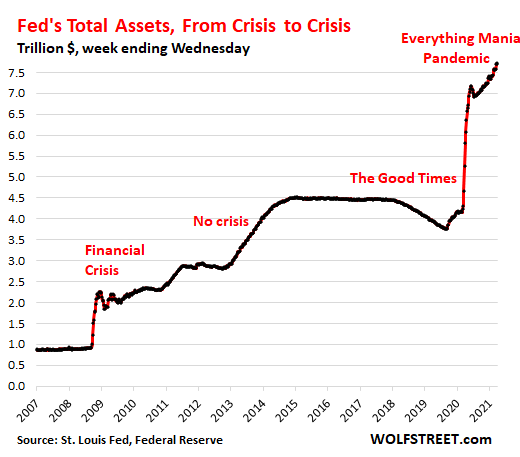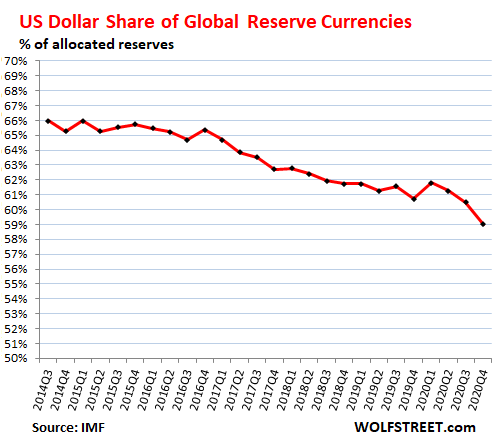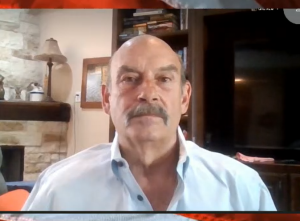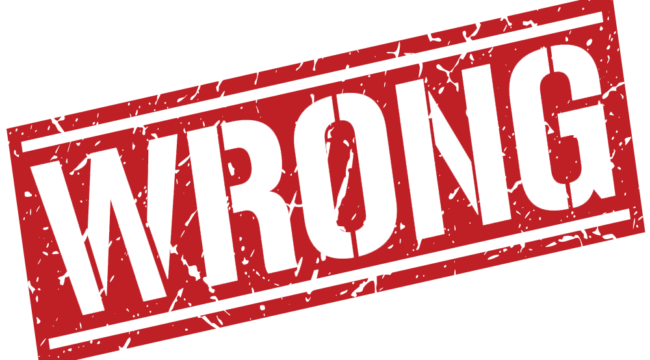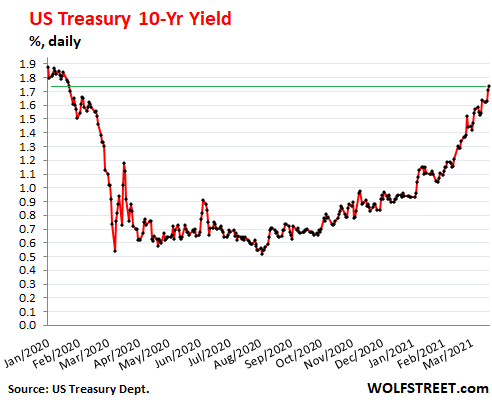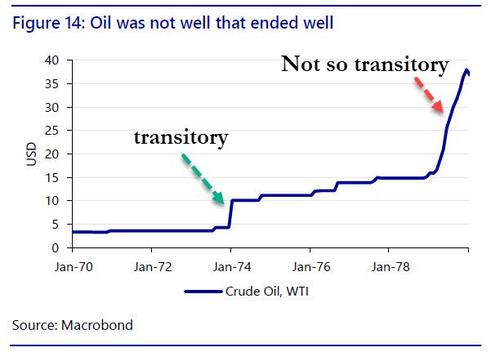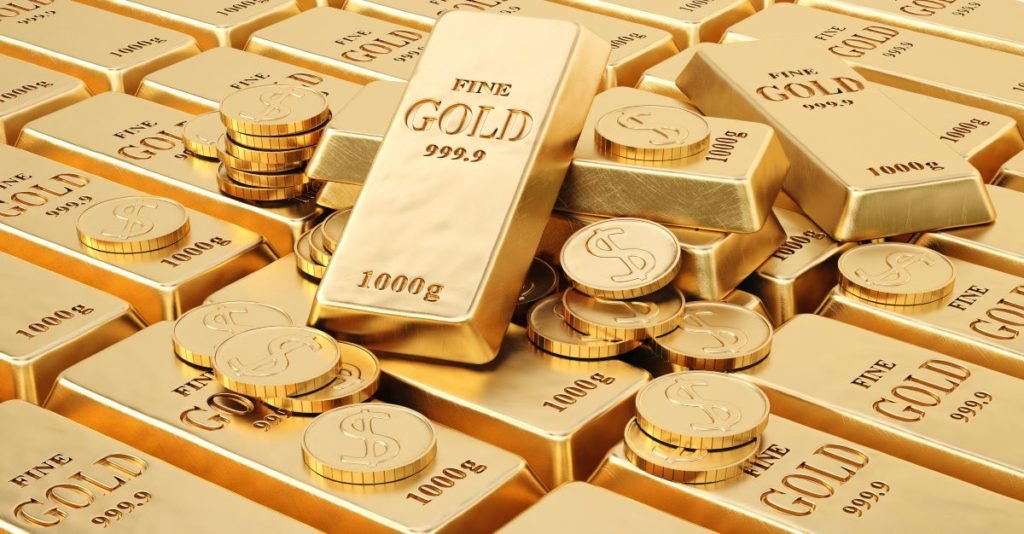The Federal Reserve’s new policy approach is that policymakers want to see “actual progress, not forecast progress” before deciding to change its policy stance. Substantial actual progress is occurring in the economy, some faster than others. How much monetary accommodation is needed to meet the ultimate employment and inflation objectives is debatable. But it is less than when the pandemic started and less after the passage of $1.9 trillion in federal stimulus.
Determining when a policy stance has become too accommodative is not an easy matter—but enabling excessive risk-taking to become well-entrenched is comparable to past policy mistakes by allowing a build-up of inflation and inflation expectations. Both are difficult to unwind, and past episodes have shown it is impossible without triggering significant adverse effects in the economy.
Evidence of Actual Economic Progress & Excessive Risk-Taking
Employment and Jobless Rate: In March, payroll employment increased 916,000, far above market expectations, bringing the three-month job gains of Q1 to 1.6 million. The strong string of monthly job gains helped lower the jobless rate by 0.7 percentage points, from 6.7% to 6.0%.
Job gains in Q2 could easily double Q1 numbers. The rapid increase in vaccinations, enabling the many parts of the economy to re-open, especially travel and schools, will trigger outsized solid job gains. By mid-year, the jobless rate could drop a whole percentage point to 5%, getting very close to the Fed’s year-end target of 4.5%.
Does it make sense to maintain the same monetary accommodation scale with the jobless rate at 5% as when it was 10% one year earlier.
…click on the above link to read the rest of the article…
joe carson, the carson report, fed, us federal reserve, monetary policy,


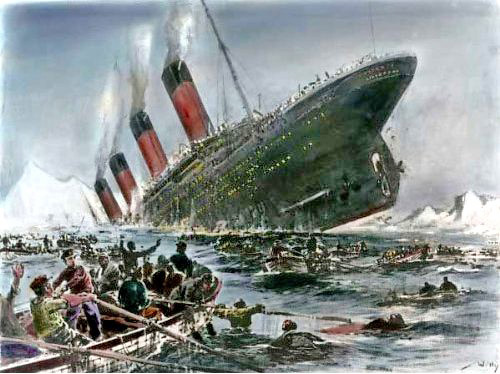 This past week we got to observe Fed Chair Jerome Powell and the US stock market andthe US bond market do everything I said they would do in their complicated shuffle of ships-and-icebergs:
This past week we got to observe Fed Chair Jerome Powell and the US stock market andthe US bond market do everything I said they would do in their complicated shuffle of ships-and-icebergs:
